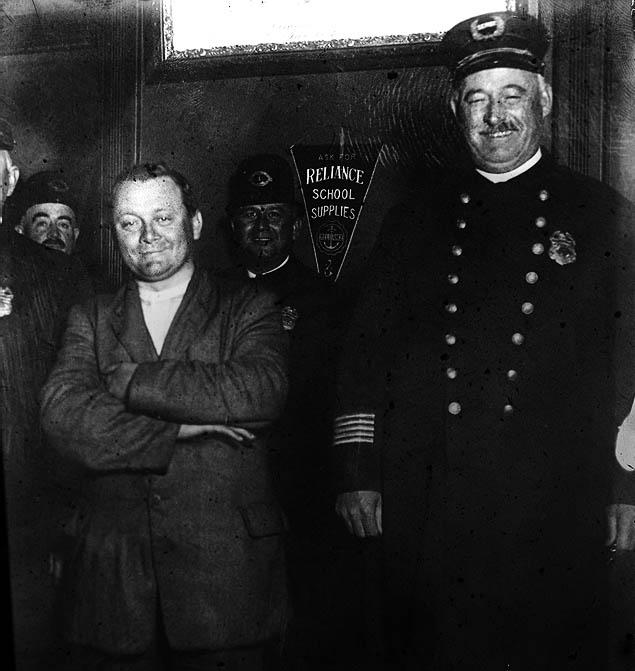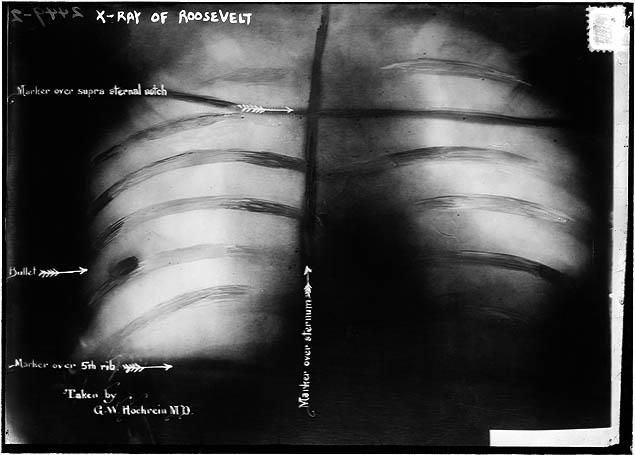The first “Progressive” era began as a local movement in the 1890s, largely in response to the corruption of the political machines, and the monopolistic excesses of the “gilded age”. By the 1920s, Progressivism had come to dominate state and national politics, bringing with it the national income tax, direct election of Senators, and Prohibition, with the 16th 17th and 18th amendments, respectively.

Great believers in the perfectibility of the public sphere, Progressives dismissed old methods as wasteful and inefficient, leaning instead toward the advice of academics and “experts”. A never ending quest for that “one best way” to get things done.
Progressive politicians covered both sides of the political aisle, with leaders such as Wisconsin Senator Robert M. LaFollette Sr. and Chief Justice Charles Evans Hughes on the Republican side, and Woodrow Wilson, and the attorney, politician and orator William Jennings Bryan (he of the famous “Monkey Trial”), on the side of the Democrats.
When Theodore Roosevelt first appeared on the political scene at age 23, there was little to hint at the Progressive he would later become. “TR” was sworn into office in 1901, following the assassination of President William McKinley. At 42 he was the youngest man to ever take the oath of office, and possibly the most energetic.
As President, Roosevelt pushed executive power to new heights, attacking “Captains of Industry” with a two-pronged strategy of anti-trust legislation, and regulatory control. TR was the “Conservation President”, creating the United States Forest Service (USFS) and establishing no fewer than 150 national forests, 51 federal bird reserves, 4 national game preserves, 5 national parks, and 18 national monuments. All told, Roosevelt protected approximately 230 million acres of public land.

Roosevelt retired from politics after two terms to go on African safari, backing William Howard Taft for the Republican nomination.
Taft easily defeated Democratic candidate William Jennings Bryan in the 1908 election, but his presidency proved to be a disappointment to the Progressive wing of the party.
The more conservative Taft didn’t take the expansive view of his predecessor. By 1910, Roosevelt had returned to a public speaking tour against his own hand-picked successor.
The federal government needed to assume a larger role in the lives of every-day Americans, argued Roosevelt, who, despite repeated assurances that he was done with politics, challenged Taft for the 1912 Republican nomination. When asked if he was up to another campaign season, Roosevelt replied he was ready and felt as “fit as a bull moose”.
The final split came with the June Republican party convention in Chicago, when the party rejected Roosevelt’s “New Nationalism” platform, nominating Taft as its standard bearer for re-election. Roosevelt and his reform-minded supporters broke with the party, forming the “Progressive”, or “Bull Moose” party, as the Democratic convention selected former Princeton University President and New Jersey Governor Woodrow Wilson, to be its candidate. This was going to be a three-way race.

John Flammang Schrank emigrated to America in 1885, at the age of 9. His parents died a short time after, leaving him to work for an uncle, a tavern keeper in the Kleindeutschland, (“Little Germany”) section of New York. Schrank’s aunt and uncle left him a sizeable inheritance on their passing, in hopes that he would live a quiet and peaceful life. Schrank was heartbroken at losing this, his second set of parents. When his first and only girlfriend Emily Ziegler died in the General Slocum disaster of 1904, John Schrank became unhinged.
He drifted up and down the east coast for several years. In September 1912, he became obsessed with Theodore Roosevelt. For three weeks, John Schrank followed the Roosevelt campaign, stalking the candidate across eight states. On the afternoon of October 14, Roosevelt was in Milwaukee, dining with local dignitaries at the Hotel Gilpatrick, before a planned speech at the Milwaukee Auditorium. As the former President was getting into his vehicle, he turned to wave to well-wishers. Schrank was four or five feet away when he fired his .38 caliber revolver, hitting the former President in the chest.

The bullet pierced the fifty folded pages of Roosevelt’s speech and a metal spectacle case, before lodging in his chest. The former President coughed once into his hand, to see if there was blood. Seeing none, TR concluded that his lungs were fine, and decided to give the speech. The 9000+-member audience was stunned when the candidate announced “I don’t know whether you fully understand that I have just been shot—but it takes more than that to kill a Bull Moose!” Roosevelt spoke for 80 minutes, before going to a Milwaukee hospital for treatment.

Theodore Roosevelt lived the rest of his life with that bullet in his chest. Six more years. As for John Schrank, he claimed in a letter found on his person, that the ghost of William McKinley had instructed him to avenge his death with the assassination of his former Vice President. He would live out the rest of his days at the Central State Mental Hospital for the criminally insane, in Waupun, Wisconsin.

Woodrow Wilson easily defeated his opponents to become the 28th President of the United States, garnering 435 electoral votes to his opponents’ combined total, of 96.




TR was one of a kind lol, and I’ve always been amused by this story. Not that he was shot of course, but that he chose to give a full eighty minute speech before seeking treatment. Hope you are doing well.
LikeLiked by 1 person
I feel the same MB. Not sure if I could’ve pulled that off.
LikeLiked by 1 person
Good to see you back, and thanks for the story. I believe the Taft/Teedy rift was metallurgical. In order to fling a round over the horizon, Krupp cannon were forged from a single blank of steel. To achieve this, Carnegie handed Pierpont the slip of paper on the golf course and alluva sudden Teedy could have the naval firepower he craved. But Taft? He repeated Teedy’s “The trusts? I’d crush thim underfoot!” but left off the “Then again, not so fast!” It was an understandable misunderstanding.
LikeLiked by 1 person
It’s been a rough year, friend. For us all. I hope you are well.
LikeLike
Reblogged this on Dave Loves History.
LikeLiked by 1 person
Thank you Dave. Hope you’re doing well.
LikeLike